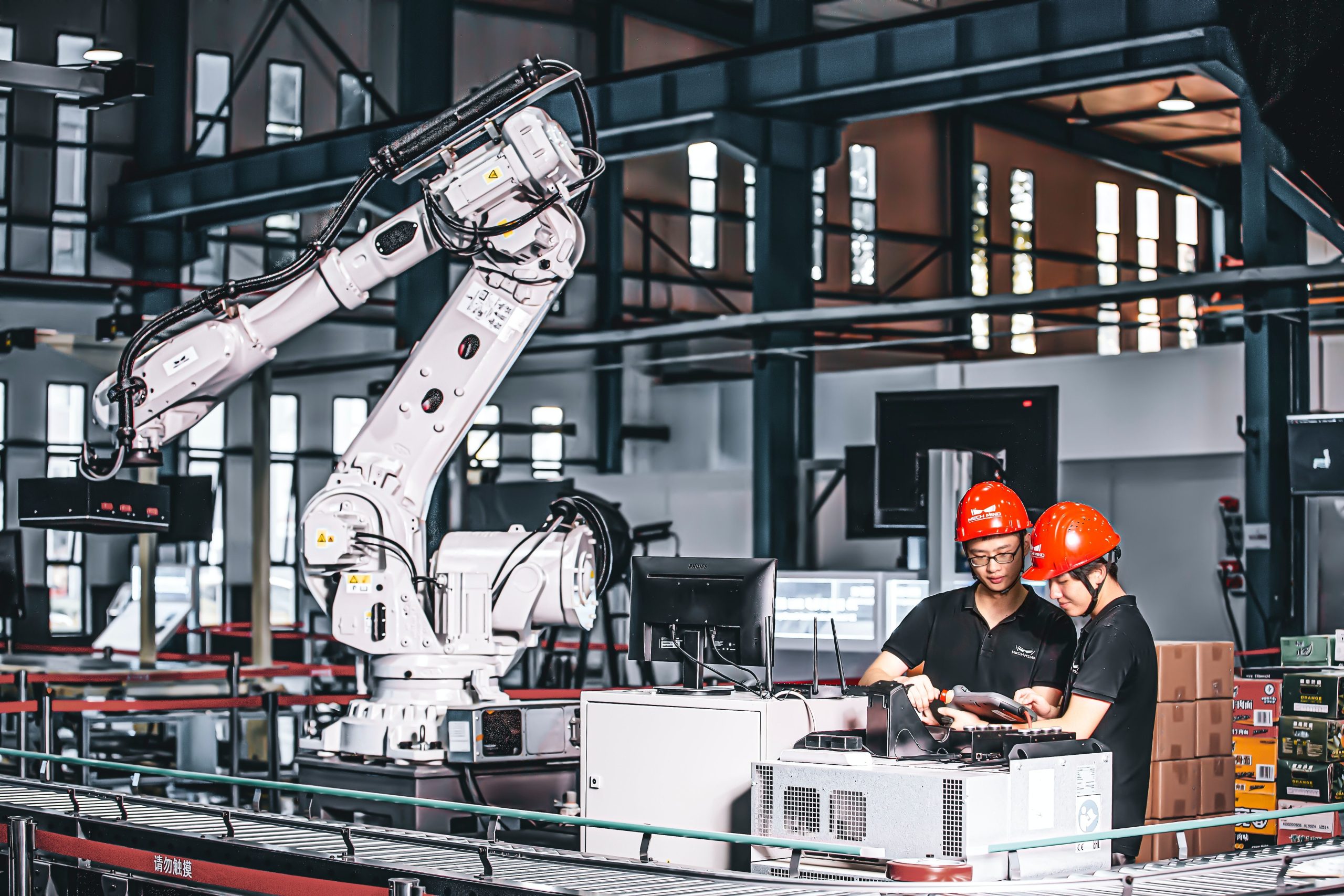The manufacturing industry has always heavily emphasized utilizing the latest forms of technology in their business processes. Historically, one of the first forms of true mass production in manufacturing came from the American inventor Henry Ford when he created his “Model T” vehicles. The process of car manufacturing was changed forever during this period, as there was an increasing reliance on technology, advanced equipment, and a production line methodology.
Combined, these features helped to create the modern factory line as it is now known, with high levels of efficiency and output enjoyed at each stage of the production process. Today, modern manufacturing firms use the same basic concepts but use the latest advanced technology to improve all aspects of the manufacturing process. This article will describe two examples of such advanced technology in the manufacturing sector.
1. 3D Printing in prototype design
Only a few decades ago, the process of designing product prototypes was time-consuming and extremely expensive. Typically, skilled technical drawing staff would be required to create complex and accurate product or component blueprints, often by hand. The design process could take many hours before the finalized plan was created. A single prototype model would then be needed to ensure that it met the required standards and functioned effectively.
Today, Rapid Prototyping using 3D printing technology has helped to modernize the design process. A computer-aided design (CAD) software program typically designs the prototype in 3D. This design is then sent to a 3D printer, which can make an extremely accurate model of the final product. Typically, various polymers are used to create the prototype, although as the technology improves, some metals and other materials may be used in the 3D printing process. In short, this technology helps to cut costs associated with prototype design and can dramatically reduce the timescales for this manufacturing process.
2. Predictive maintenance software
One of the key costs in modern manufacturing is when time is lost due to production line downtime. Specific equipment or parts of the production line system will inevitably require maintenance or component replacement after extended periods of operation. When this downtime is unexpected or unplanned, it can result in complete lines stopping for hours whilst the maintenance work is undertaken. It is estimated that one hour of production line downtime can cost as much as $260,000.
This high cost can dramatically reduce the profitability of a manufacturing firm, and steps need to be taken to minimize all forms of unplanned downtime. Thankfully, advanced technology can assist in the form of predictive maintenance IT platforms. This software is linked to all parts of the production line equipment and constantly monitors the condition and efficiency of different machinery. It can be used to accurately predict when components need replacing or servicing work needs to be undertaken.
By having advanced notice of when this work will be needed, manufacturing firms can ensure they have the required tools and replacement equipment. In addition, they will be able to plan the downtime, ideally so that it takes place outside production hours. In short, predictive maintenance technology allows manufacturing firms to keep productivity levels high while managing downtime more effectively and reducing the financial costs involved.
